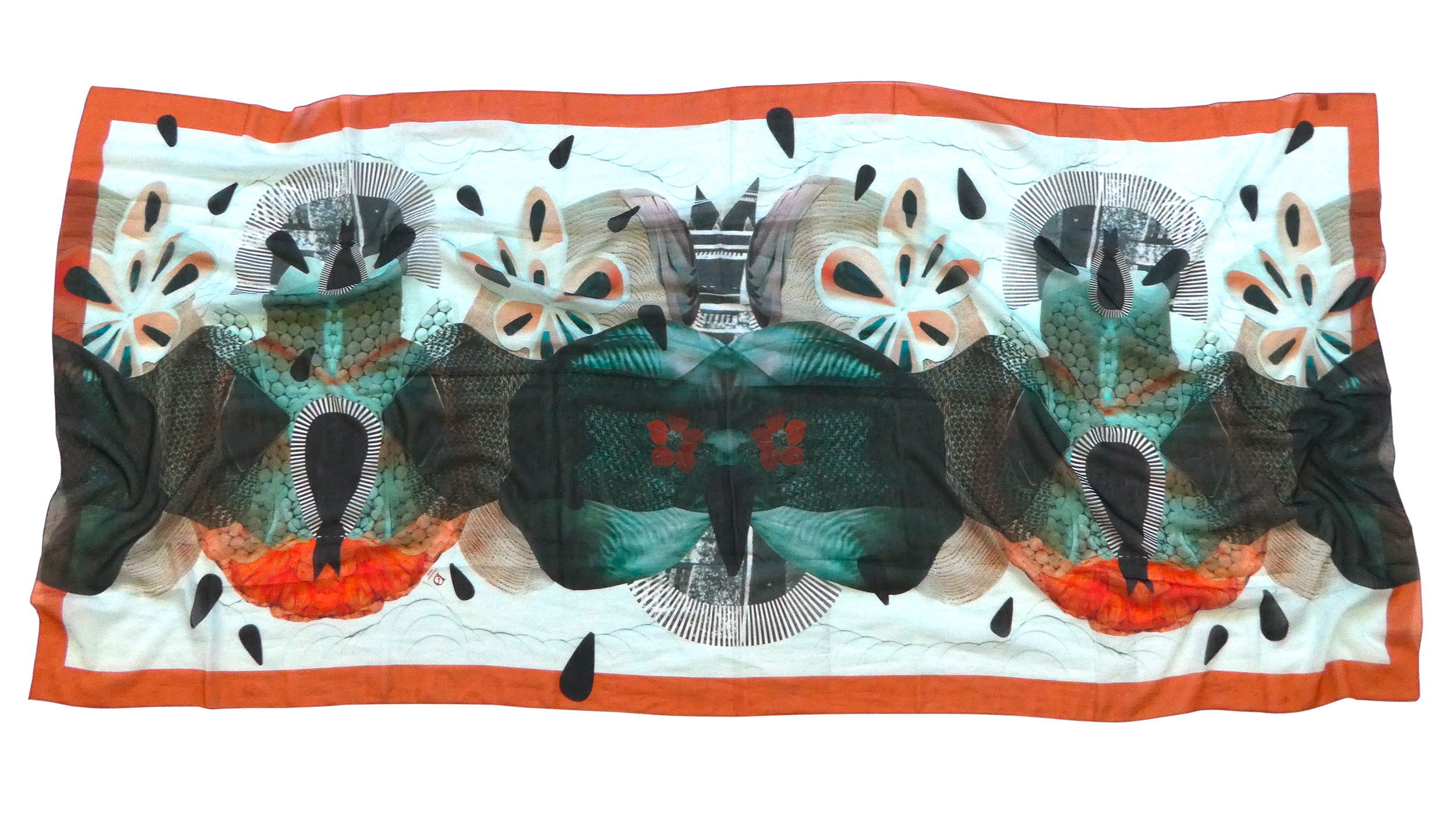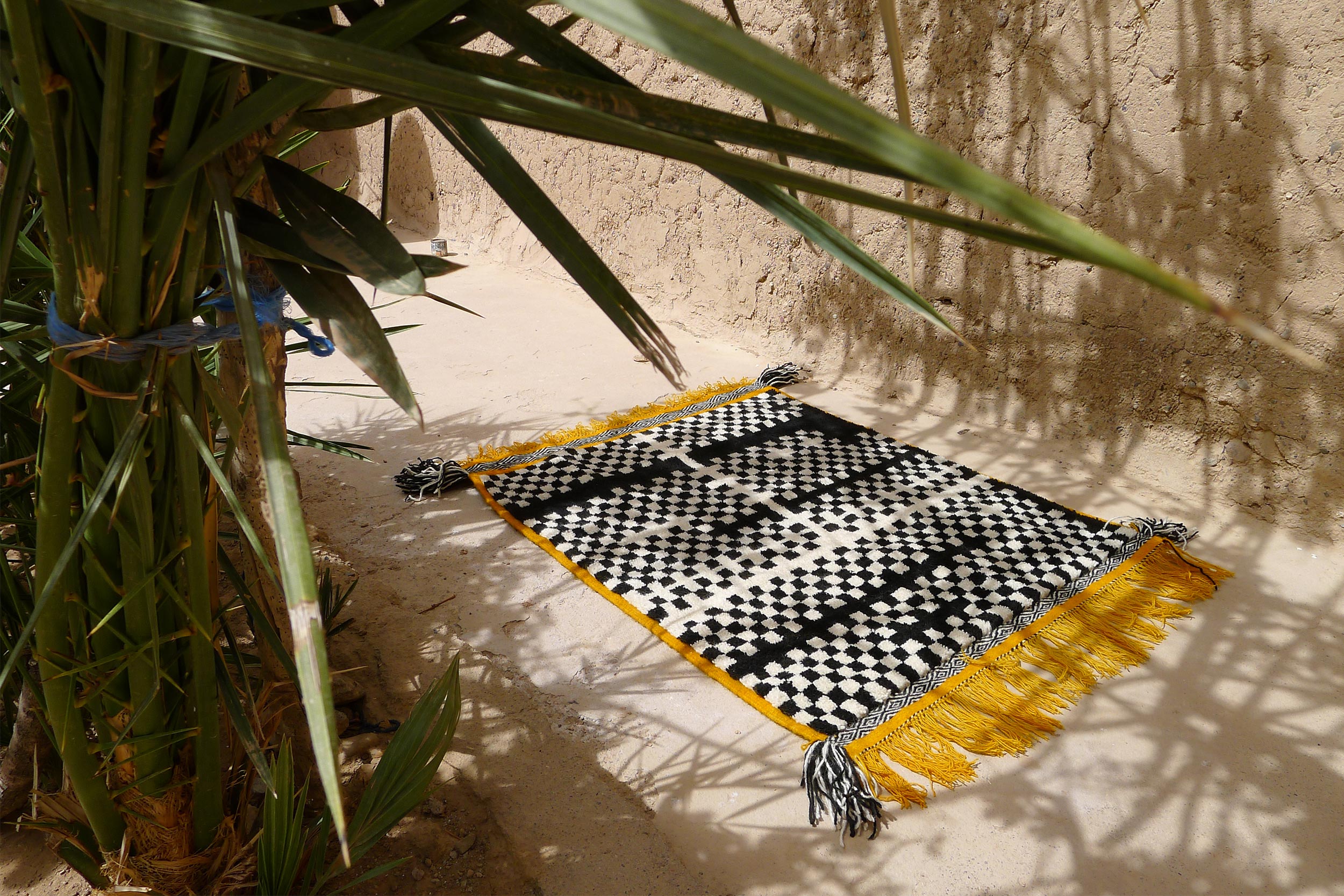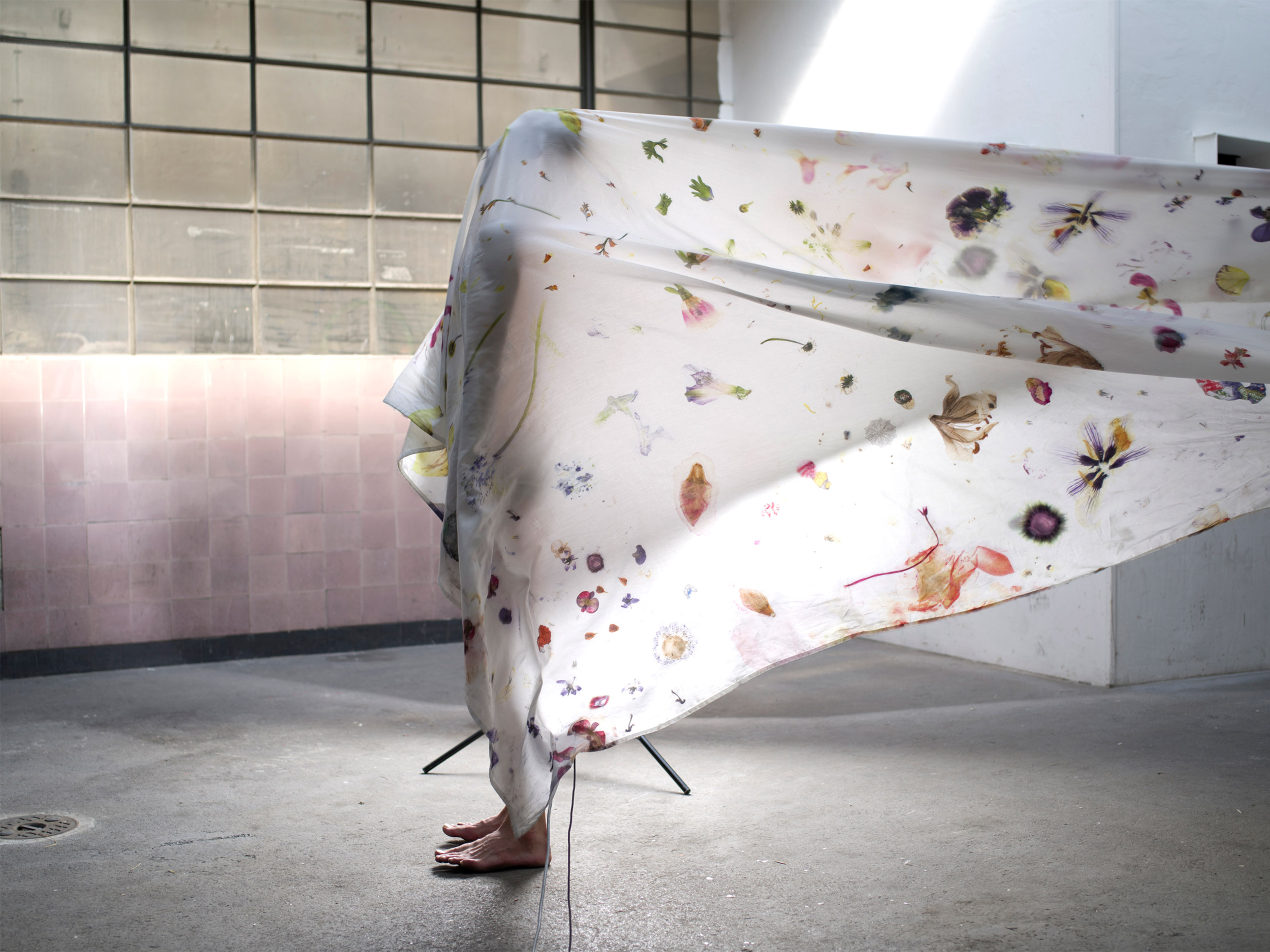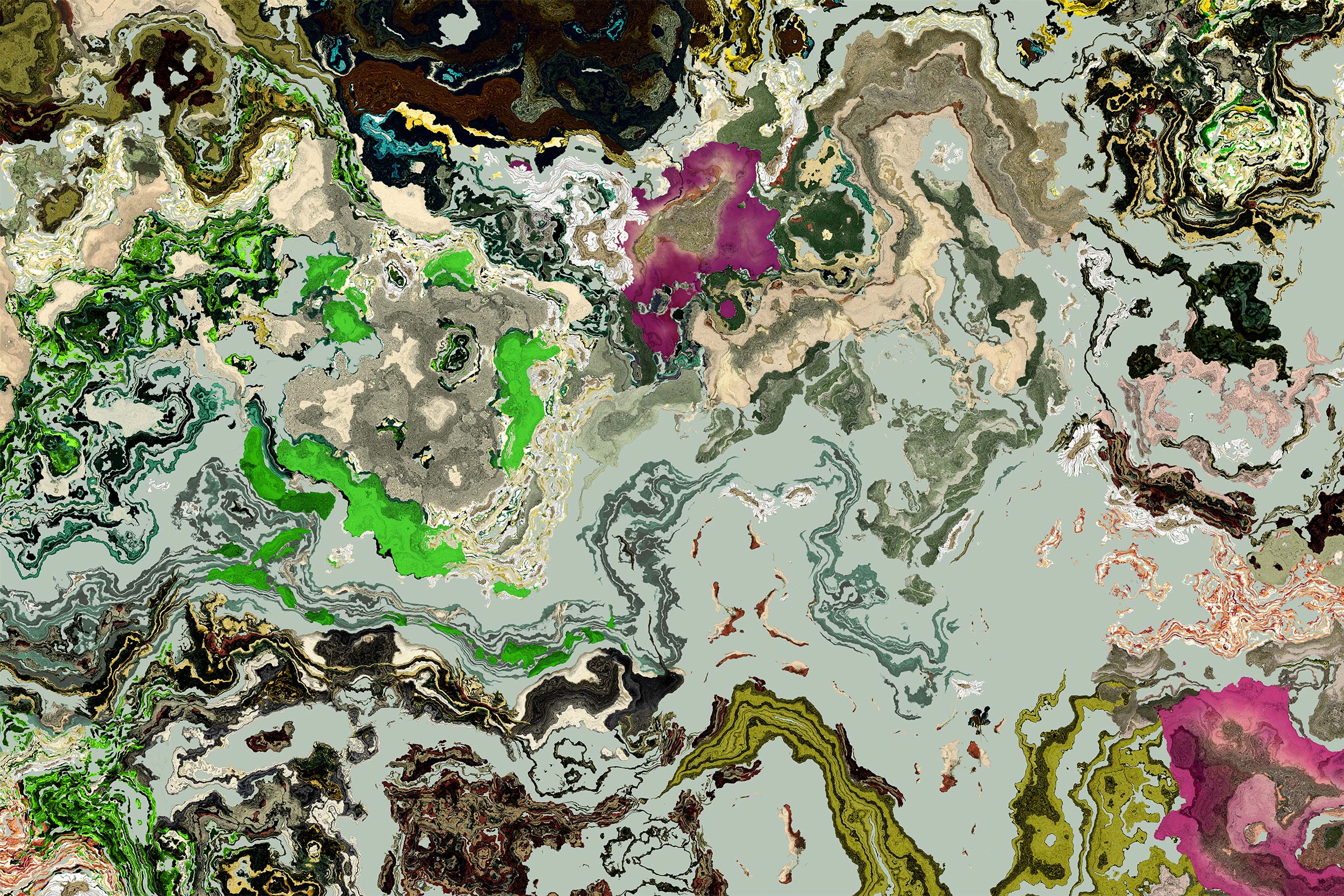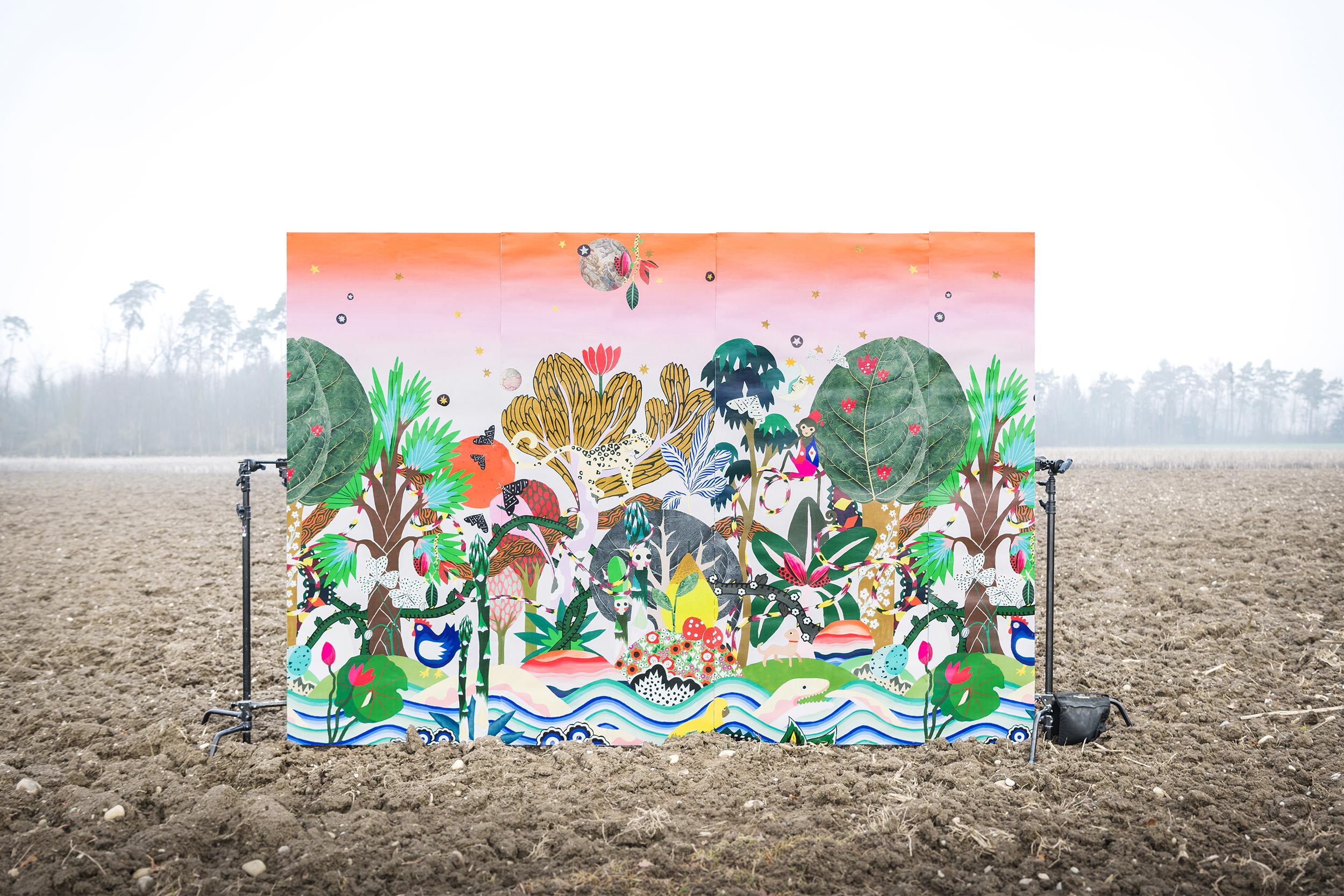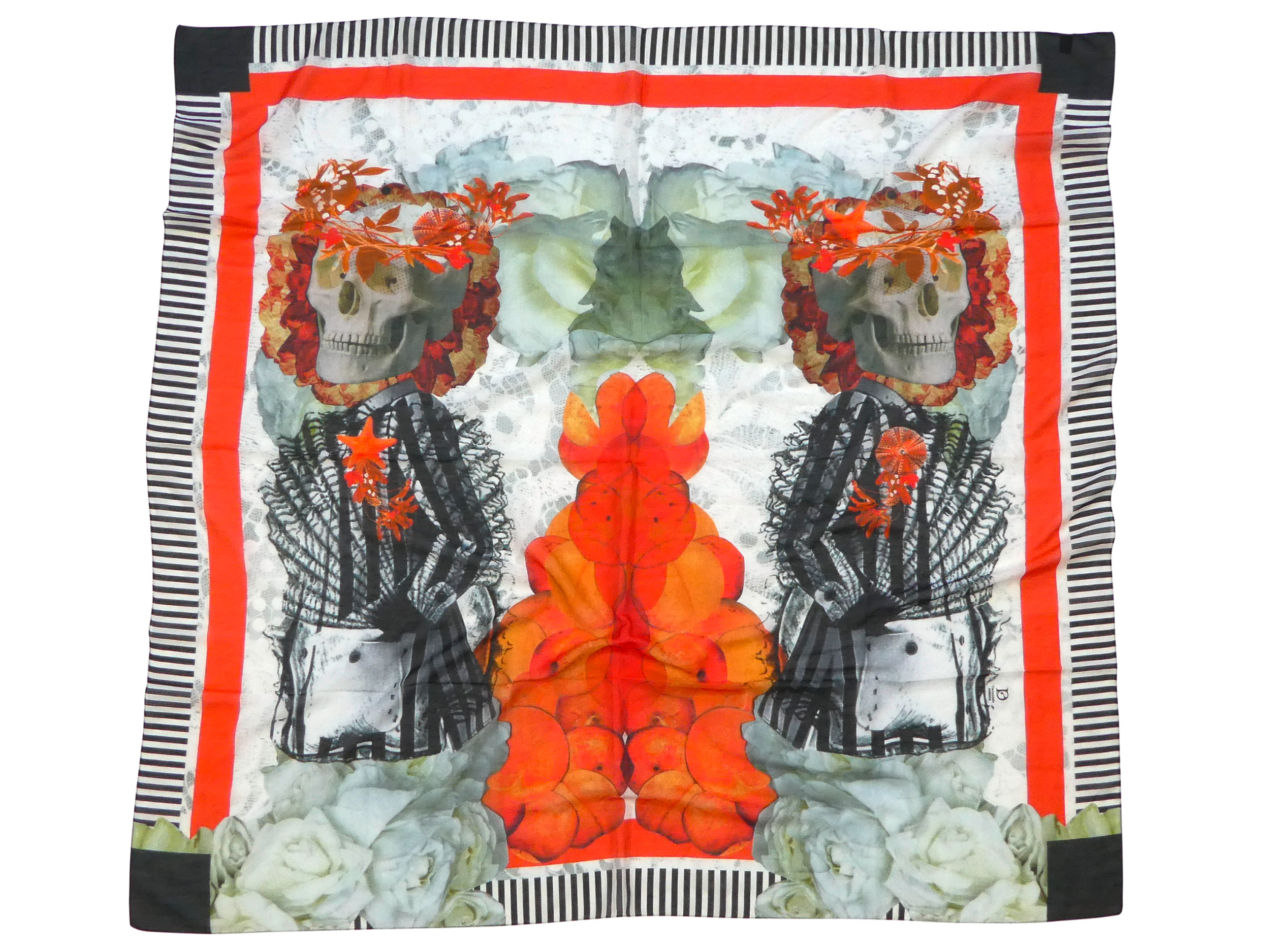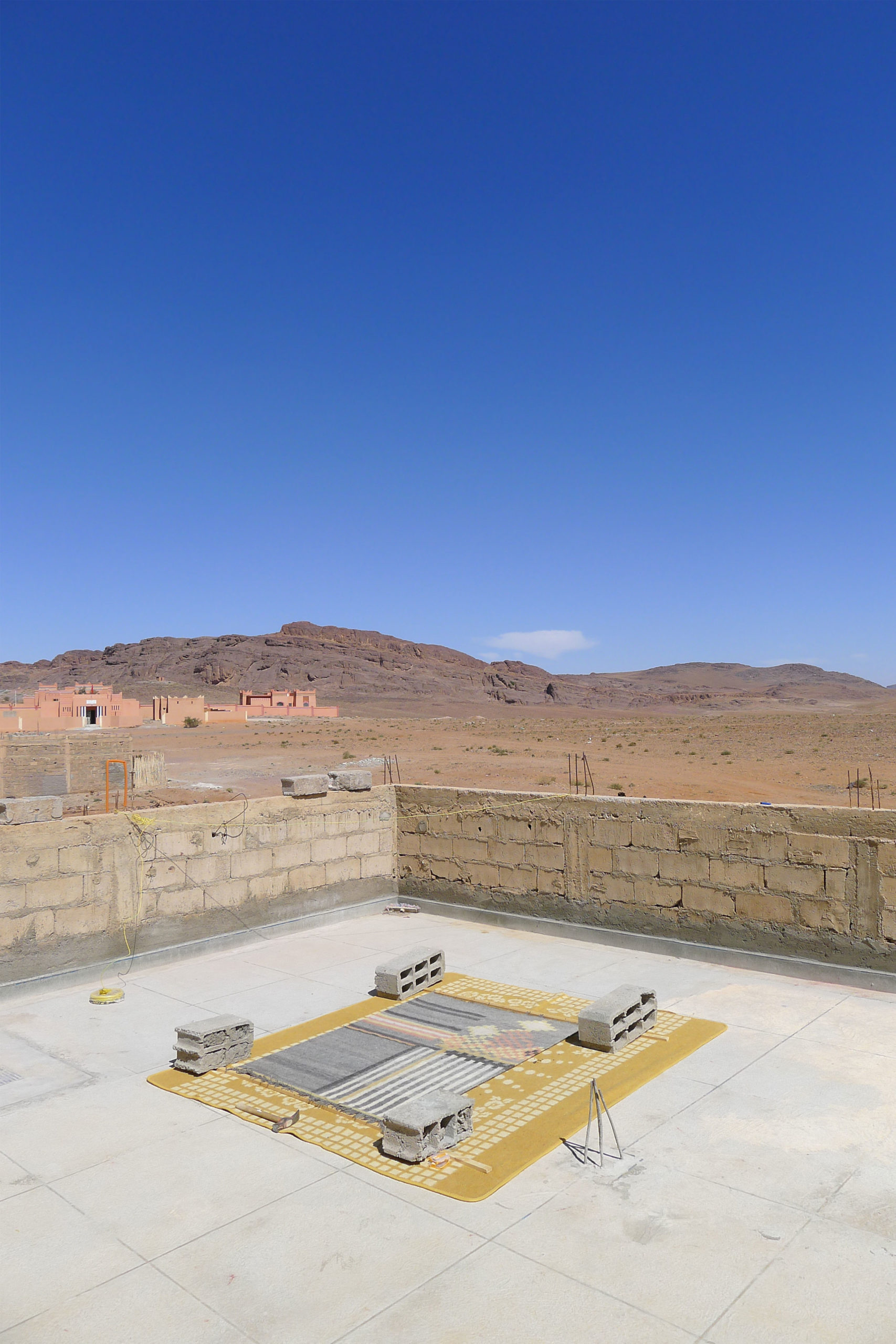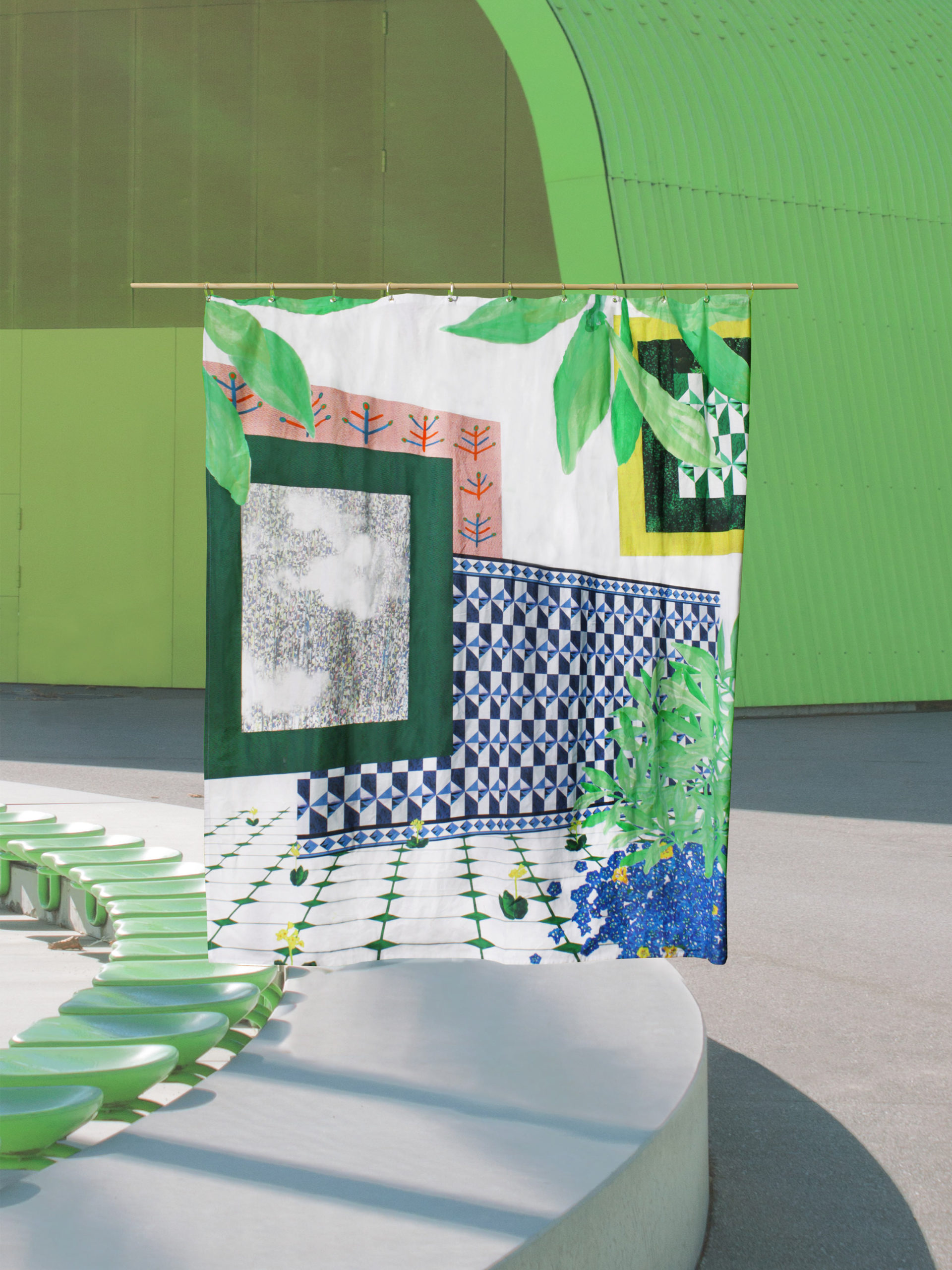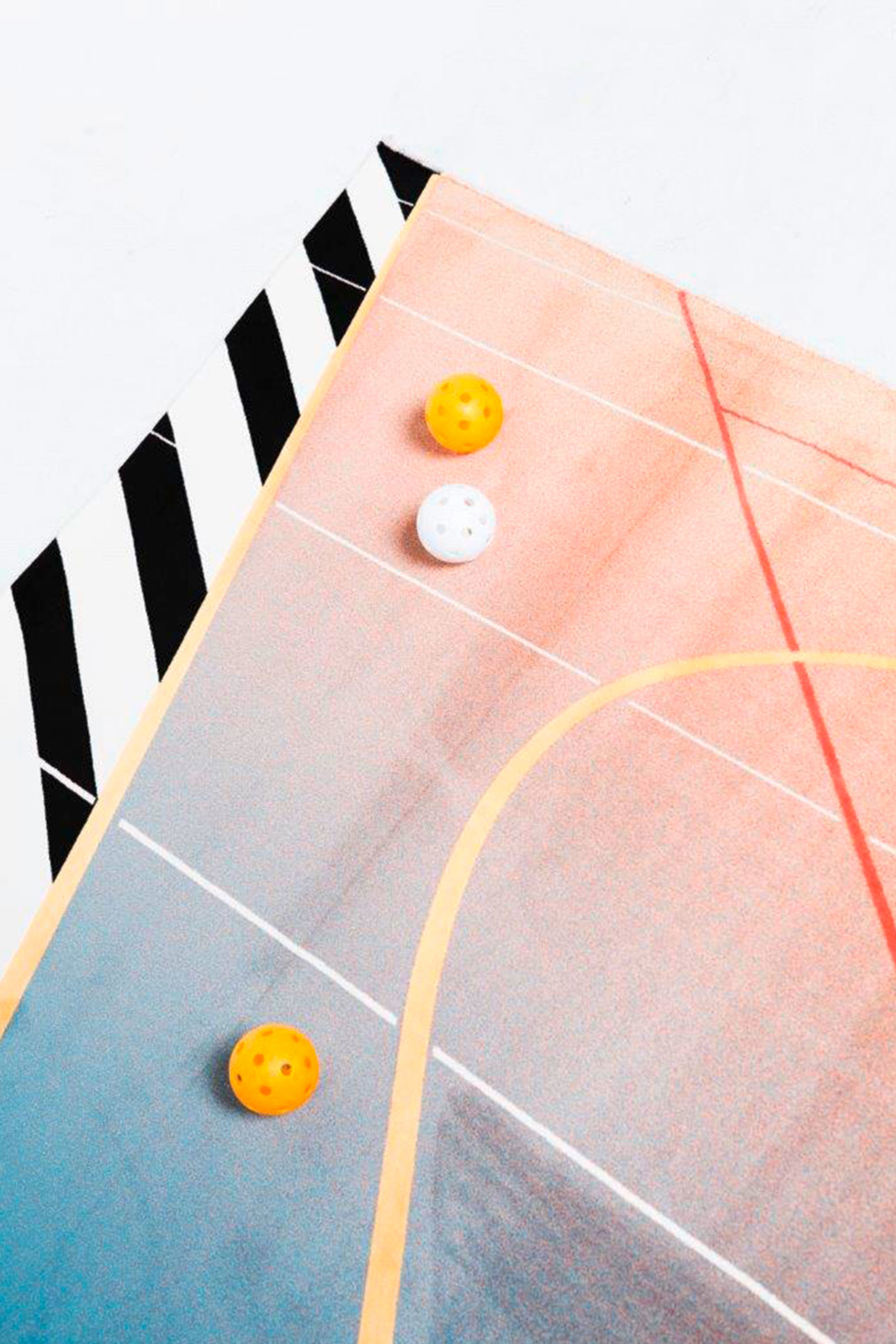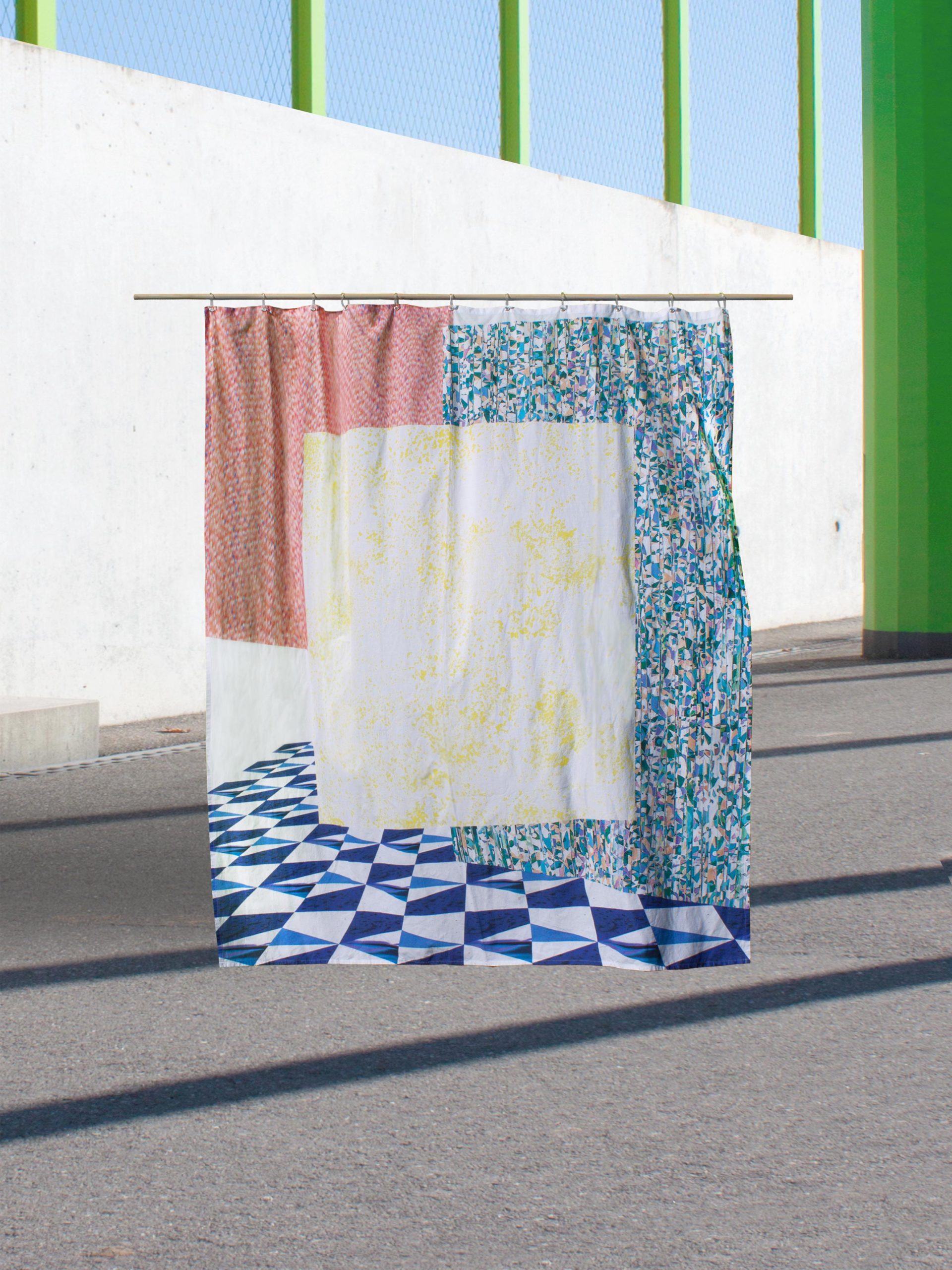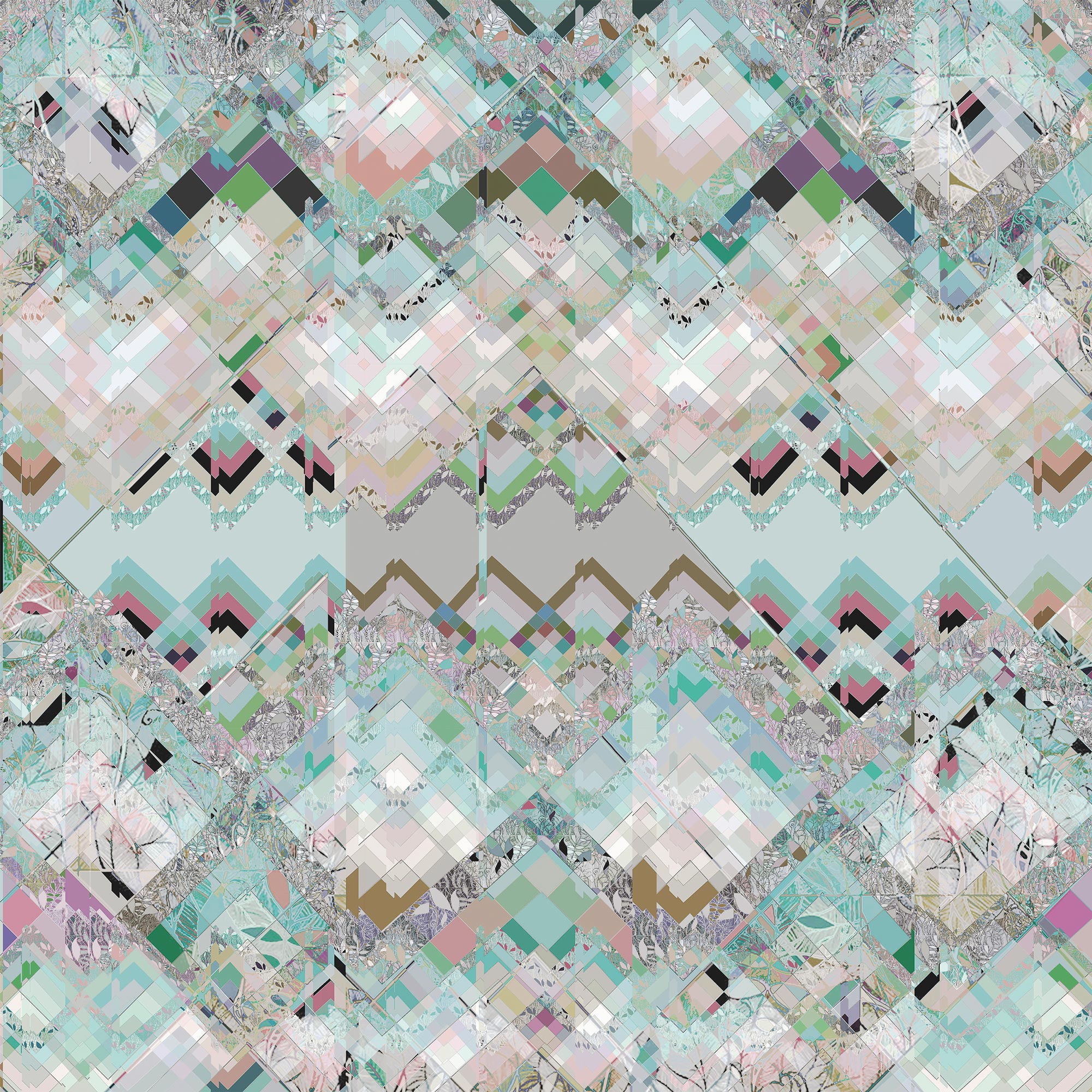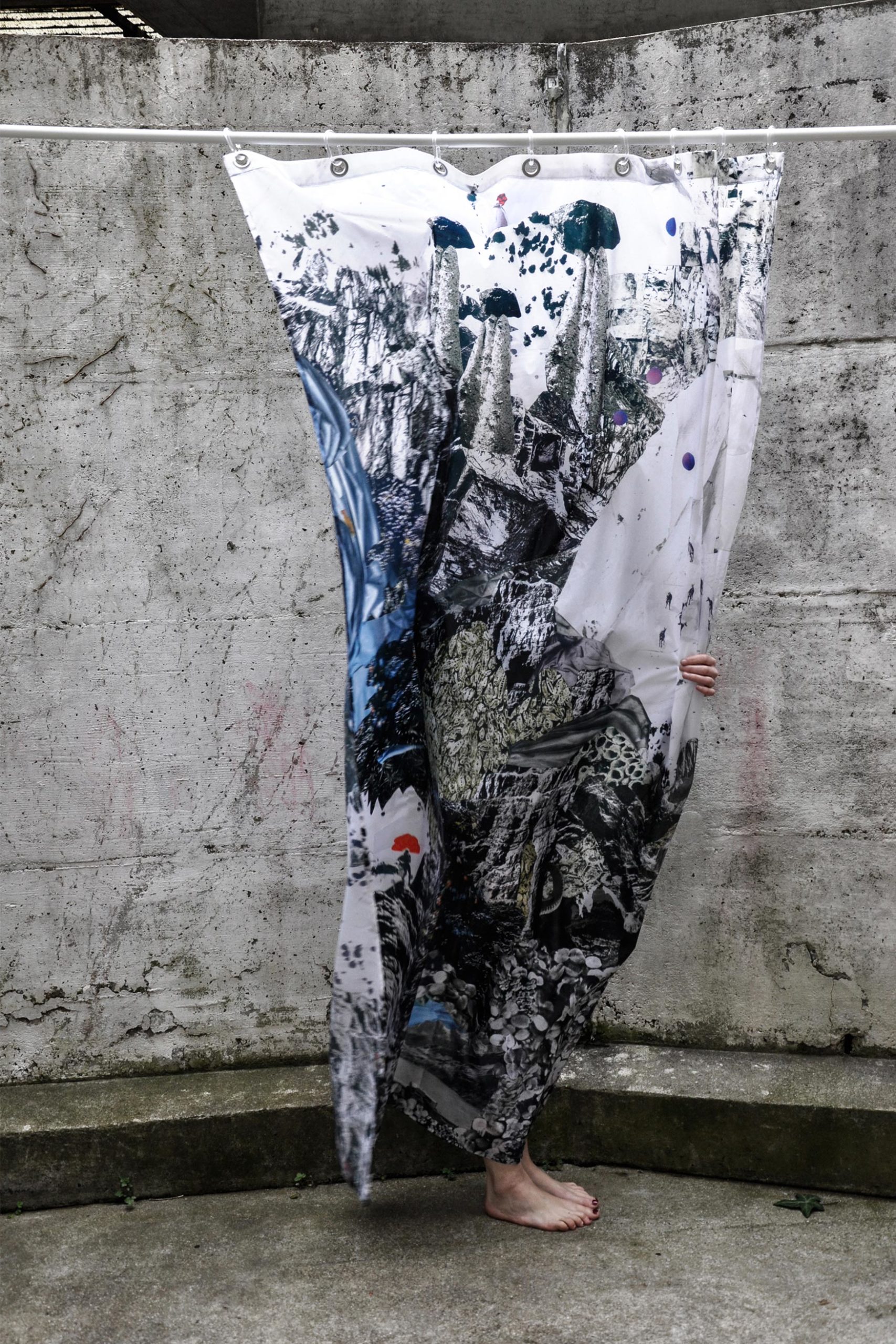Textile Connection
Patricia Lunghi • 22.05.2018
Over the last few years an increasing number of young designers are starting to create textiles under their own label. This is how collections of towels, sheets, scarves and carpets have emerged. Is this a passing phenomenon or the return of the great Swiss textile tradition? Survey on the ground and an attempt at finding an explanation.
A small country with a great textile tradition, Switzerland has been home to a prosperous textile industry since the 13th century. Saint Gallen in particular was the location for very active trade in textiles until the 20th century. In 1910, the production of lace and embroidery formed the main exports of the Swiss economy and Saint Gallen supplied more than 50% of global demand for these luxury products.
Nowadays many companies in the industry have disappeared, but there are still a few which have been able to gamble on innovation and top-of-the-range products, even if for Tina Moor, head of the textile design department at the Lucerne University of Applied Sciences and Arts (HSLU), «lots of know-how was lost with the disappearance of the textile industry». The Textile Museum of Saint Gallen preserves the memory and richness of this heritage with unique collections enriched by bequests from collectors and textile industrialists. It is currently presenting an exhibition on textile creations from 1970 to 1990 with works by Verner Panton, Alfred Hablützel, Trix & Robert Haussmann. Designed for the Swiss company MIRA-X, these collections were all the rage in many countries and influenced the interior design of this period.
After the euphoria of prosperous times, the situation today has changed a lot but it seems that over the last few years an increasing number of young designers are starting to create textiles. Can one talk about a return to the great Swiss textile tradition? Elisabeth Fisher, who is the head of the Design Fashion, Jewellery and Accessories Department at the Geneva School of Art and Design (HEAD) «doesn’t think this is the case because only some houses survive for interiors, fashion or technical fabrics. As far as young designers are concerned, it involves small-scale production». Therefore if one cannot yet speak of major economic importance, nevertheless creativity and dynamism are evident. A large number of young designers are launching their labels with T-shirts, towels, bed covers and scarves. There are numerous such cases on both sides of the Sarine river; in fact the phenomenon affects both German-speaking Switzerland and French-speaking Switzerland. The pretty shower curtains, scarves and carpets from Kollektiv Vier, the magnificent duvets, scarves and upholstery from Lora Sommer, the sparkling prints for upholstery and wallpaper from Annina Arter, bed linen with delicate prints by Estelle Gassmann, artisan carpets in natural wool by Ait Selma, the luxurious bath towels from Frottee di mare, the graphic compositions for Schönstaub carpets. Not forgetting Dada Désir, Latitude 66, DS Scarves, just to quote a few examples from the French-speaking part of the country.
Apparent simplicity
Several theories explain this phenomenon, for Valentine Ebner, a professor in the Department of Fashion Design, Jewellery and Accessories at HEAD – Geneva, textile design is «easier than fashion because there is not the problem of sizing. Furthermore, in a clothing collection there are different items and therefore more suppliers, which is much more expensive, while these textiles creations are less complex and cheaper to produce. Let’s not forget that often the sheets, towels and scarves are already in existence and that it’s only the printing that is required.»
It is very likely that these specific aspects linked to production are important and in addition textiles are less seasonal than fashion. A collection of towels, sheets and carpets depends less on current trends than ready-to-wear.
Valentine Ebner mentions another important element:
«Nowadays new digital technologies enable small quantities to be printed. Products can be produced in limited series, which are more exclusive and even personalised – it’s a market which is on the up.»
As head of the textile design department at the Lucerne University of Applied Sciences and Arts (HSLU), Tina Moor has seen several talented designers pass through the doors, but take note, «they must be aware that to create their brand it’s not just about design, but above all about business. I advise all my students to complete their studies in textile design with a Master’s degree focussed on commercial aspects or to first again experience in various fields before launching their own independent businesses.»
Apparent simplicity also in relation to distribution. Lots of boutiques are closing and it’s becoming increasingly difficult to find resellers, above all for new labels. Online sales have therefore become inevitable and it can seem easier to sell towels, scarves and sheets on the Internet than clothes. However, also in this area, continues Tina Moor, «the matter is not that simple because the work of the designer has to be reconciled with the accounts, purchases, sales and customer service, etc.»
The Swiss tradition of artwork
For Tina Moor, textiles contain different aspects associated with humans: tradition, innovation, colour, material, digital and analogue; «Textiles are not only visual, they are also tactile – one comes into contact with the fabric. Without materialisation, textiles are not textiles.» On the digital side, illustrative skills are necessary to develop a design on fabric and it’s perhaps there that one has to look for a response to this creative effervescence. In fact, Switzerland has a long, rich tradition in graphics. One of the common features of these young labels is creativity, which is expressed through the patterns, prints, ornaments, designs, illustrations, shapes and images, with all this belonging largely to graphics. And textile accessories represent a strong medium of communication because they transmit the spirit and the designer’s message.
Interdisciplinality
Tina Moor is an optimist because «the field of textiles has the advantage of being extremely broad: fashion, costumes and accessories for the theatre, interiors, protective coverings, transport (train, bus, aviation), architecture – a textile designer can provide his contribution in a large number of areas». There is also the area between the product design, patterns and textiles, which is why lots of graphic artists launch T-shirt and scarf ranges. «As textiles are a semi-finished product, it is vital to work with a multi-disciplinary team», continues Tina Moor, «in the third year of education at the HSLU we work in teams with other departments (product design, jewellery, interior design), because I strongly believe that no textile designer ever succeeds alone: he has to collaborate with lots of other people along the implementation chain».
In the final analysis, although the Swiss market is not very big, for Johanna Widmer from Kollektiv Vier, «there are people who have the means to offer beautiful things. But I don’t think that we should go back to the Swiss textile tradition because Switzerland is very expensive compared with other countries. For us it’s possible to create ideas and develop them, but it will no longer be a manufacturing country.»
